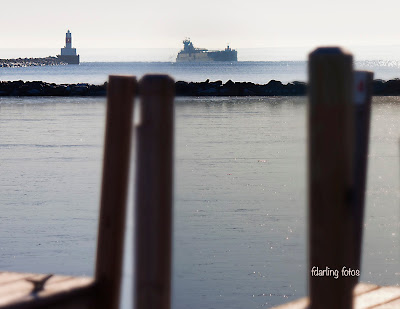 |
| Fun With Chia!! |
Little chia seeds pack a nutritional punch. These little plants are full of antioxidants, omega three fatty acids, fiber, calcium, and many nutrients. “Chia” means strength in the Mayan language and Aztec warriors and runners ate them often before battles. They are a super food. The seeds grow very fast, thicken liquids, and add nutrition to baked goods like muffins, breads, cookies, and pancakes. Young children and teens who will not touch lettuce or spinach salads will happily snack on chia or other sprouts like sunflowers.
Little Chia Garden
Chia seeds in the grocery store can be planted. For planting, purchase a few new half inch synthetic sponges with little holes. Soak the new sponges so they are damp but not dripping. Place the sponges on plates
 |
| Plant Some Chis Seeds |
and scatter chia seeds across the tops, gently poking them into the sponge holes. The seeds do not need to be washed first. In fact, when washed they will stick together in a glob.
Keep the sponges moist by misting with several tablespoons of water often. It is important not to let the chia seeds dry out. You may cover with clear plastic containers over the plates at night to keep the moisture in. Take off the covers during the day so the seeds do not rot. They will take 4-7 days to sprout about 1/4 inches. Then it is time to move them to a sunny counter to grow 3-4 inches before harvesting with a washed scissors. They are great for children’s indoor gardens because they grow quickly.
Strawberry Chia Pudding
For this fresh tapioca- like pudding you will need: 16 ounces fresh hulled strawberries,
1 ½ cups coconut milk, 1/4 cup honey (maple syrup or to taste, 1 tsp vanilla, again to taste, 3/4 teaspoon finely grated lime zest, 1/2 cup chia seeds. Place everything BUT seeds in a blender until smooth. Check sweetness.
Place chia seeds in a large bowl, pour the strawberry mixture on top, and whisk thoroughly. Let stand for 10 minutes and whisk again. Cover and refrigerate for at least 4 hours and up to 3 days. Stir the pudding before serving. The longer it sits, the thicker the pudding will become; if you find that it is too thick, whisk in a little water.
 |
| Make a Pudding or Parfait With Chia! |
For a parfait, put 1 cup fresh or frozen pineapple cubes in a saucepan. Cook over medium heat, stirring and mashing with a spoon about 7 minutes. Add 2 cups pitted fresh or frozen sweet cherries mashing and cooking until tender, removing any chunks. Remove from heat. Add 2 tablespoons chia seeds. Mix well, cover and refrigerate overnight to thicken. To serve, layer 2 tablespoons of mixture with alternate layers of Greek yogurt.
For more information on all things Chia go to: https://dengarden.com/gardening/How-I-grow-and-harvest-organic-Chia and https://en.wikipedia.org/wiki/Salvia_hispanica
For more of our blogs see grandparentsteachtoo.blogspot.com or http://wnmufm.org/programs/learning-through-seasons#stream/0
Fran Darling, fdarling fotos





